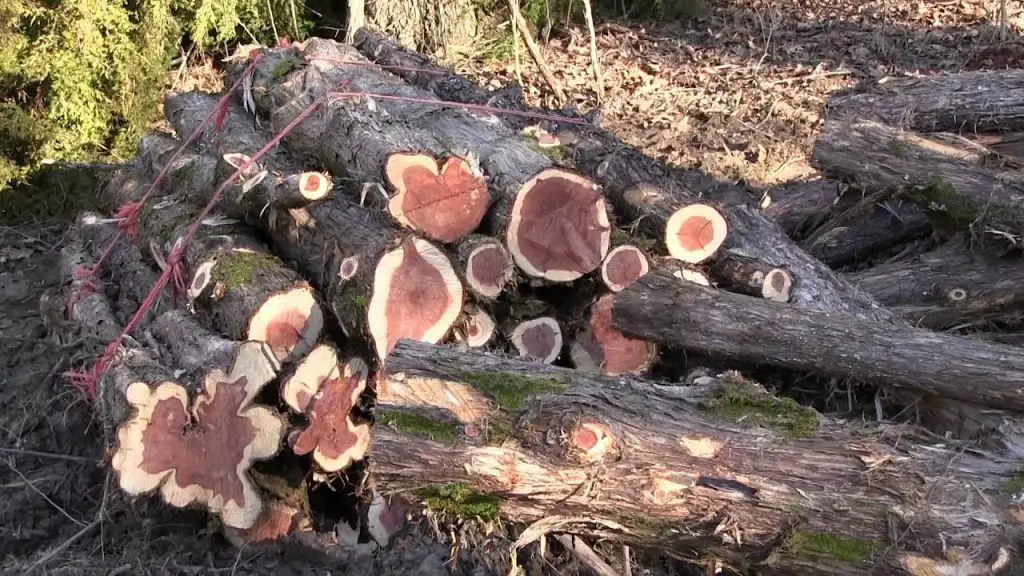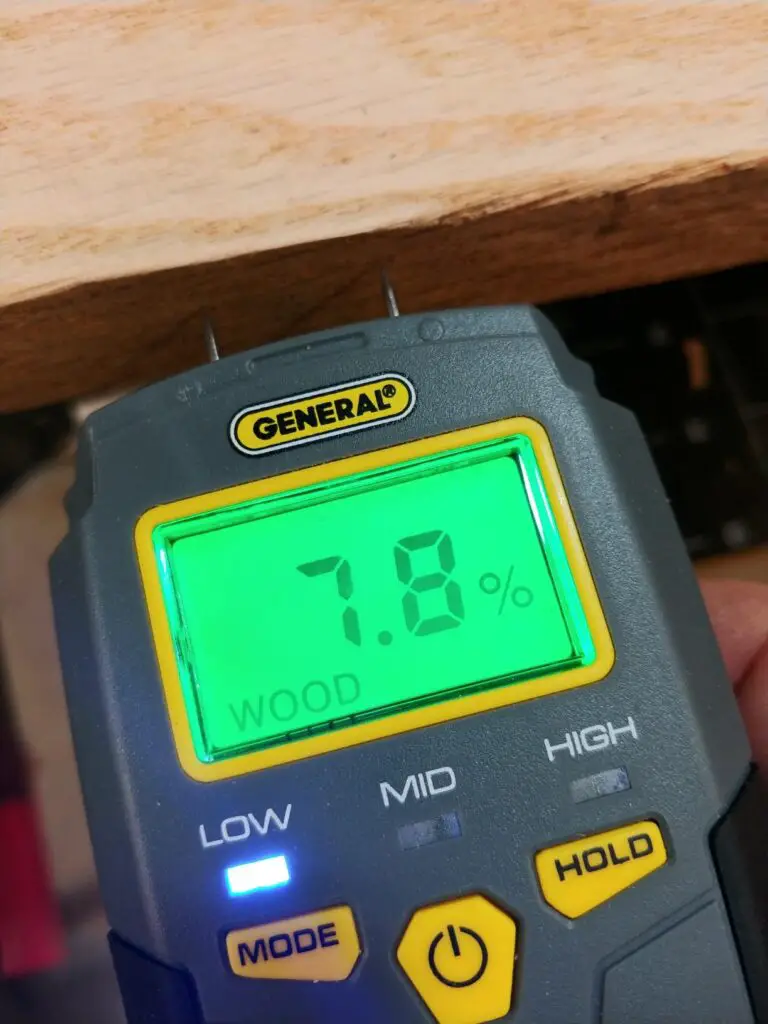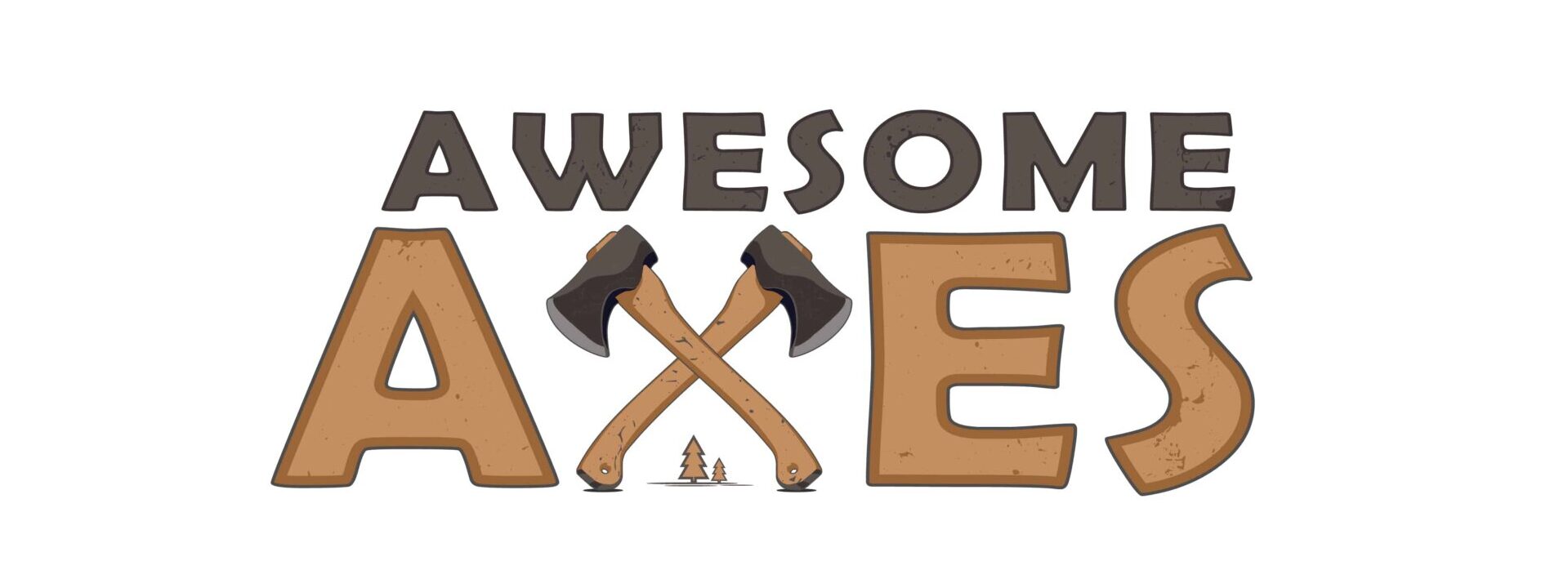Cedar is fair firewood with low heat production, generates moderate smoke, and creates a lot of sparks. However, if you do have cedarwood around, you have some amazing kindling on your hands.
Cedar trees hold a large cultural significance in North America and can be found all around us daily. From pencils to incense and furniture to fence posts, cedarwood is heavily used because of its beautiful color and pleasant aroma.
However, is cedar good to use as firewood? Overall, it’s not great.
You should avoid burning cedarwood, especially inside, if possible.
While it does produce a lovely smell, cedar produces low amounts of heat, is smoky and sparks a lot.
Cedar is arguably the best wood for kindling purposes. Start your fires with a mix of cedar kindling and hardwoods, and you’ll be well on your way to having a great fire.
Table of Contents
Summary
- BTU: 13.0-18.2 million
- Weight: 2060-2632 lbs per dry cord
- Seasoning Time: 9 months – 1 year
- Splitting: Medium
- Smoke: Medium
- Sparks: Many
- Smell: Good
Cedar is a softwood that belongs to the cypress family, related to pine. It is a low-density wood and acts as such.
Heat Production
Cedar, a softwood, will produce a lot of heat for a very short amount of time. This is a common property of softwoods. This is one of the reasons why cedar is not considered great firewood for indoors.
Depending on the species, Cedar will produce 13 to 18.2 BTU per cord.
A cord of cedar is equal to
- 12,150 cubic feet of natural gas
- 138 gallons of propane
- 91 gallons of heating oil
- 3,693 kilowatt-hours of electricity
A cord of firewood is 128 cubic feet, cut into 16-inch lengths, and stacked into three 4×8 rows.

Smoke Production
Even when fully seasoned, cedar will produce a moderate amount of smoke because of its high levels of sap and oil.
Of course, burning green cedar will produce billows of smoke that will be unbearable to be around. It is always best to burn only seasoned wood.
Cedar bark is often used to flavor food. Cedar planks are soaked for many hours in water and then placed on the grill next to salmon, meat, or other foods. The cedar will smoke from being heated and will give the food a pleasant cedar taste.
If you do choose to burn cedar inside, beware; cedar creates many sparks. If you burn cedar inside, make sure you have a protective screen or glass doors.
Much like other softwoods, cedar contains pockets of sap and oil because of its low density. When the wood is on fire, these pockets are put under pressure from the sap trying to vaporize. This causes popping and sparking.
Seasoning Time
Seasoned wood has a moisture content of less than 20 percent. Firewood with a higher moisture content than 20 percent is harder to light and frustrating to burn. It also produces more smoke and creosotes buildup.
Cedar firewood has a large amount of water, sap, and oil contained within it. Some green cedarwood can contain up to 50% of water. However, when aerated properly, cedar will lose its moisture quickly.
In proper conditions, cedar can season within 9 months.
The average time for seasoning cedar wood is between 9 and 12 months.
I personally recommend this General Tools Moisture Meter. It allows you to accurately gauge how wet your firewood is and whether it is sufficiently seasoned. Over time you can also see how quickly the moisture is dropping and how much longer you need to keep your firewood dropping until it is seasoned and ready to burn.
Press the sharp pins into the wood and you will quickly see the readout show the moisture ranging from 5% to 50%. It also has a Low/Mid/High indication depending on whether the wood is dry enough, so you don’t need to remember the actual values.

Burning Smell
One of the favorite things about burning cedar is its pleasant smell. Cedar has a mild pine-like smell with a hint of citrus.
Cedar is such a favorite smell that you can find it as an incense for the house, in packets for drawers, and a frequent scent in soaps.
The scent of cedar is also known to keep away bugs, moths, and pests, which is why you often see cedar closets, trunks, and dressers.
Creosote Buildup
Creosote is a dark brown tar deposited from wood smoke that can build up on the insides of your chimney walls. It contains tiny unburned particles of wood and sap found in smoke. Creosote can be extremely dangerous because of how flammable creosote is and will quickly start a chimney fire. Firewood with higher levels of sap will create more creosote.
Cedar produces more sap than hardwood trees, but not as much as a pine tree.
Cedar is related to pine and therefore does produce more resin than hardwoods. However, pine, for instance, will clog up machinery with large amounts of sap. Cedar will not do this.
This being said, the higher sap content of cedar is another reason why it is not favored as indoor firewood.
Splitting
Splitting cedar can range from very easy to moderately difficult, depending on how many knots are in the wood.
Many suggest splitting cedarwood only when it is green, but others find that splitting when either green or dry is very similar.
Most of the time, cedar is split in one of two ways – either into medium-sized pieces to burn longer, or into extremely small pieces to use as kindling.
Cedar is fantastic firewood to use as kindling either inside or out.
Different Types/Species
In the US, the species of cedar trees we see in the wilderness are part of the cypress family. As mentioned a few times, there are two main species in North America;
- Eastern Red Cedar
- Western Red Cedar
Each species has unique distinctions.
Cedar trees are originally native to the regions of the Himalayans and the Mediterranean, which is where the four types of ‘true cedars’ live. Thee include;
- Atlas Cedar
- Cyprian Cedar
- Cedar of Lebanon
- Deodar Cedar Tree
Eastern Red Cedar
You can find Eastern Red Cedar in the eastern parts of North America. The trees may grow from 16 to 66 feet high and stay relatively skinny, between 12 to 39 inches. Cedar trees are known for being incredibly old. These trees can live for more than 500 years.
The Eastern Red Cedar blooms during the winter. It has light brown thin bark and is bright orange on the inside. The bark is scaly and sheds in fibrous chunks. Some would say the bark looks ‘hairy’.
Cedar trees are highly tolerant of their surroundings and can grow in multiple different landscapes, soil types, and climates. Because they are so tolerant, the Eastern Red Cedar trees can invade meadows, pastures, and prairies easily. Some consider the Eastern Red Cedar to be invasive and an undesirable weed.
Because of the pockets of water found within the wood, cedar trees are drought tolerant.
Western Red Cedar
The Western Red Cedar grows larger than the Eastern Red, reaching heights of 210 to 230 feet and widths of 10 to 13 feet. They are native to the Pacific coast of North America.
The bark of these cedar trees is cinnamon-red or brown and, like the previous species, very thin, scaly, and sheds in irregular flakes.
It is popular to use Western Red Cedar for ornamentation but also for shingles, posts, pilings, boat building, greenhouse fittings, etc. The benefit of using Western Red Cedar is that it is resistant to moisture and decay.
Atlas Cedar
Atlas cedar trees are found in the Atlas mountains. The leaves are blue-green, and they grow in distinctive clumps.
Cyprian Cedar
Found on the island of Cyprus in the mediterranean sea, Cyprian Cedar trees have short clumpy branches.
Cedar of Lebanon
Found in Southwest Asia, through Lebanon and Syria, the cedars of Lebanon have strong cultural ties to the people of Lebanon. So much so that the cedar trees are on the Lebanese flag. The cedars of Lebanon are distinct in that they have flat tops to them, and they develop massive trunks.
Deodar Cedar Tree
Also known as the Himalayan cedar tree, the Deodar Cedar Tree is native to the Himalayan mountains. They have wide swooping branches and have a distinctly flat appearance as they mature.
Other species of cedar trees that are found include;
- Alaskan Yellow Cedar
- Bermuda Cedar
- Incense Cedar
- Port Orford Cedar
- Siberian Pine
- Spanish Cedar
- Northern White Cedar
Comparison to Other Wood
Here, I’ve taken some of the most popular firewoods to burn indoors and compared them to Alder firewood using Utah State University’s findings on Wood Heating
| Firewood | BTUs | Ease of Splitting | Coals | Overall Quality |
| Green Ash | 20.0 | Easy | Good | Excellent |
| Maple | 25.5 | Easy | Excellent | Excellent |
| Bur Oak | 26.2 | Easy | Good | Excellent |
| Cedar | 13.0-18.2 | Medium | Poor | Fair |
Unlike the other firewoods on this list, cedar is a softwood and therefore the lowest heat-producer listed here. Because of its low BTU, poor quality coals, and high sap content, the overall quality of cedar is listed as fair.
FAQs
Can you burn cedar in a firepit?
Yes, it is ideal for burning cedar firewood in a firepit. Split your firewood into medium-sized logs to get the most burning time possible out of your cedar firewood.
Is cedar safe to burn in a fireplace or wood stove?
Not necessarily – you’ll want to avoid burning large amounts of cedar in your fireplace or wood stove. Because of cedars’ high sap content, you’re going to have more creosote production. It is suggested to only use cedar indoors as kindling when starting your fire.
Is cedar firewood good for camping?
Yes! Cedar is a beautiful wood to burn for camping. Not only does the scent and smoke of cedar drive away insects and pests, but it is also ideal because cedar does not produce great coals. This means won’t be waiting for hours and hours for your fire to go out before going to sleep. Just be mindful that cedar does spark, so make sure your gear is well away from your fire.
Final Thoughts
If you find yourself with an abundance of cedar wood, consider yourself lucky! While you might not have the best wood for heating your home for the winter, you do have wood with so many other uses.
Top of the list, you have the best kindling around, along with great camp firewood. You’ve also got yourself wood that is anti-fungal and anti-pest. Cedar is among the best woods to use for closets, trunks, roof shingles, and much more. You can use cedar wood for small projects such as smoking meat or create decorative pieces for your home with cedar’s rich red wood.
